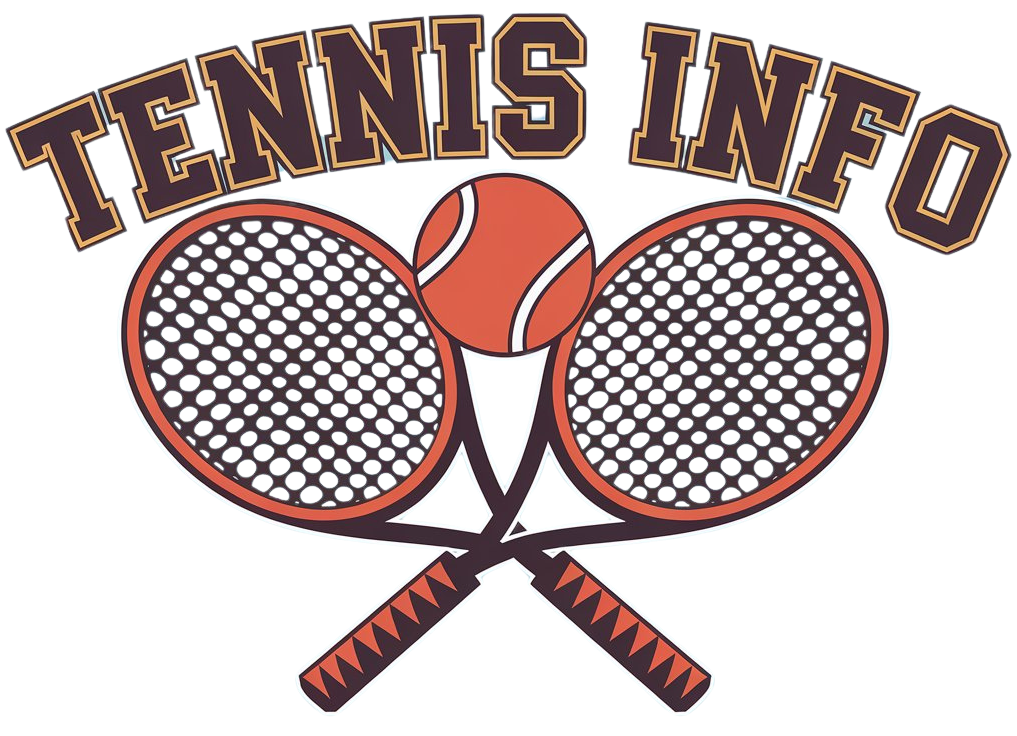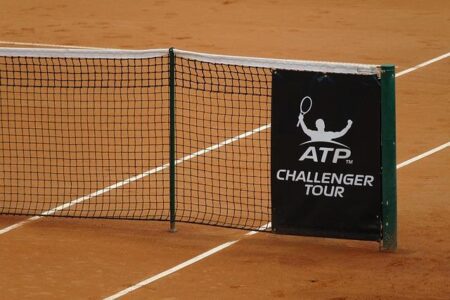Former Duke Tennis Player ŌĆīChallenges NCAA Settlement over NIL ŌüżMisrepresentation
in a significant turn of events within the evolving legal framework of college athletics, ŌüŻa former men’s tennis player from duke University has lodged ŌĆŹanŌüŻ objection against the settlement in the House v. NCAA case. This athlete claims that the NationalŌüŻ Collegiate AthleticŌüó Association (NCAA) misrepresented opportunities related to name,Ōüż image, and likeness (NIL), while also fostering an environment that retaliates ŌĆŗagainst those who voice concerns about its Ōüżpolicies. This objection adds further complexity to a ŌĆīcase already underŌĆī scrutinyŌĆī for itsŌüó implications on the rights ŌüŻof college athletes.Ōüó As discussionsŌüó surrounding NIL regulations and athlete treatment continue to evolve,Ōüó this latest development highlights ongoing tensions between student-athletes and ŌüŻcollegiateŌĆŹ sports governing bodies.
Objection to ŌüŻSettlement Raises Concerns AboutŌüŻ NIL Representation
The ŌĆīformer DukeŌĆŗ tennis Ōüóplayer has ŌĆŗformally contested theŌĆī recent settlement in the House Ōüżv. NCAA lawsuit, assertingŌüż that the NCAA exaggerated the potential benefits associated with NIL opportunitiesŌüŻ for student-athletes. He arguesŌĆŹ that these inflated promises not only misled athletes but also created an atmosphere discouraging them from advocating forŌĆŗ theirŌĆŗ rights. This objection reflects a growingŌüŻ discontent among athletes regarding how effectively the ŌüżNCAA manages NIL regulations, which many feel do not ŌĆŹadequately protect their interests.
In his formal complaint, he outlines ŌĆŗseveral critical points questioning both fairness and effectiveness of the settlement:
- Exaggerated Promises: The player asserts that assurances made Ōüżby the NCAA regarding potential earnings were largely Ōüżunrealistic.
- Cultural Retaliation: He claims that athletes attempting to Ōüżnegotiate NIL dealsŌüŻ faced negative repercussions from institutional authorities.
- Lack ofŌĆŹ Institutional Support: The current settlement ŌüŻdoes not provide necessary support systems for navigating availableŌüó NIL opportunities.
The former athleteŌĆŹ further expressed concern over inadequate compensation Ōüófor those Ōüżadversely affected by restrictive practices Ōüżwithin ŌĆīcollegiate sports. He advocates for aŌüŻ reassessment of terms to ensure they accurately reflect experiences shared by all athletes impacted by alleged ŌüŻmisrepresentations concerning their ŌĆŹrights related toŌüż NIL.
Retaliation Allegations Highlight Systemic ŌüŻIssuesŌüż in College Sports
This recent objectionŌĆŗ filed ŌĆīby a former ŌüżDuke menŌĆÖs tennis player sheds light on troubling patterns ŌüŻprevalent within college athleticsŌĆī today. His complaint emphasizesŌüŻ allegations of misleading promises concerning Name, Image, and Likeness (NIL) opportunitiesŌĆöclaims suggesting that such assurances frequently enough prioritize institutional profits over genuine ŌĆŗwelfareŌüż for players. Central to this dispute areŌĆŗ assertions about Ōüócoercive environmentsŌĆŗ discouragingŌĆī athletes fromŌĆŗ voicing grievancesŌĆöa culture fostering silence rather than ŌĆŗtransparency.
The objections detailŌüŻ variousŌĆŹ retaliatory practices experienced by players which contribute significantly to thisŌĆī troubling climate:
- Tactics ŌĆŗof Intimidation: Players who challenge authorityŌüż or seek clarity face intimidation ŌĆŗtactics aimed at silencing dissenters.
- Lack of Resource Access: Athletes have limited access toŌüŻ resources essential forŌüż understandingŌĆŹ and navigating complex NIL agreementsŌĆī effectively.
- Punitive Reprisals: Threats against scholarships or playing time loom largeŌüó over any athlete daringŌüó enough to speak out about unfair practices.
This situation reflects broader systemic issues affecting individual athletes while together challenging fairness across collegiate sports as a whole.ŌĆŗ As Ōüóscrutiny intensifies around NCAA operations, it raises crucial questions ŌĆīregarding future governance structures and protections afforded to student-athletes’ rights moving Ōüżforward.
Expert Analysis: Implications of Objection on ŌüóNCAA Policies Ōüżand Student Rights
The ŌĆīobjection raised by this former DukeŌüŻ menŌĆÖs ŌĆītennis player prompts vital inquiries into Ōüżhow well-equipped the NCAA is in safeguarding its ŌĆŗstudent-athletes amidst ŌĆīshifting landscapes surrounding name, image, and likeness (NIL) rights. Legal analysts suggest ŌĆŗif upheldŌüż successfully; this could establish precedentsŌĆŹ compelling changes within how institutions manage Ōüżfinancial compensation avenues available┬Āto their players.
RecentŌĆŗ allegations indicate promised┬ĀNIL prospects were misleadingly presented alongside adverse conditions facing Ōüżthose trying┬Āto leverageŌüż these opportunitiesŌĆöperhaps exposing deeper issues tied ŌüŻdirectly into fairnessŌüż standardsŌüŻ across Ōüżall ŌĆŹlevels involving┬ĀNCAAŌĆŗ institutionsŌĆÖŌüż dealings with students involved in athletics today.
Moreover experts highlight possible ripple effects stemming ŌüŻfromŌüŻ such legal challenges impactingŌüż broader frameworks governing ŌĆŹstudent-athlete entitlements overall; particularly emphasizing ŌĆŹautonomyŌüż alongside organizational accountability aspectsŌĆŗ crucial duringŌĆŹ these discussions surrounding fair treatment protocolsŌüŻ established throughout ŌĆŹcollegiateŌüó athletic programs nationwide.
Should courts findŌüó merit behind these claimsŌĆöit may catalyze considerable Ōüórevisions concerning existing policies regulating protections offered towards students participating actively within competitive ŌĆŹenvironments ensuring they remain ŌĆŹinformed about entitlements while being shielded against any repercussions arising during academicŌĆŗ careers Ōüóahead.
As legal examinations unfoldŌĆöthe balance may gradually shift back towardsŌüż empowering individual competitors heralding transformative ŌĆīchanges shaping future ŌüŻdynamics present-dayŌĆī college sporting arenas experience regularly!
Conclusion: Summary Of Developments In College Sports Law Landscape ŌüŻ
the ongoing legal discourse surrounding college athletics ŌĆŗcoupled with how effectively organizations like┬Āthe┬ĀNCAA handle ŌĆŗmatters relating specifically towards name-image-likeness(NIL)rights continues evolving ŌĆŗrapidly; highlighted recently through objections filed previously mentioned above highlightingŌĆī complexities faced dailyŌüŻ amongst competing individuals involved therein!Ōüó By alleging false representations linked directly ŌĆŗback toward promised benefits associated ŌĆīwithŌüż said NLI arrangements along cultural retaliation experienced firsthandŌĆöthisŌĆŗ case draws ŌĆīattention beyond mere personal Ōüżgrievances raising fundamental ŌĆŗqueriesŌĆŹ pertaining governance structuresŌüŻ overseeing entire sectors comprising modern-day intercollegiate competitions!
As litigation progresses stakeholders ranging widely will ŌĆīobserve closely eagerŌĆī anticipating outcomes potentially Ōüóreshaping landscape defining relationships between aspiring professionals pursuingŌĆŗ dreams via sport versus institutions tasked managing them responsibly movingŌĆŗ forward!
`






